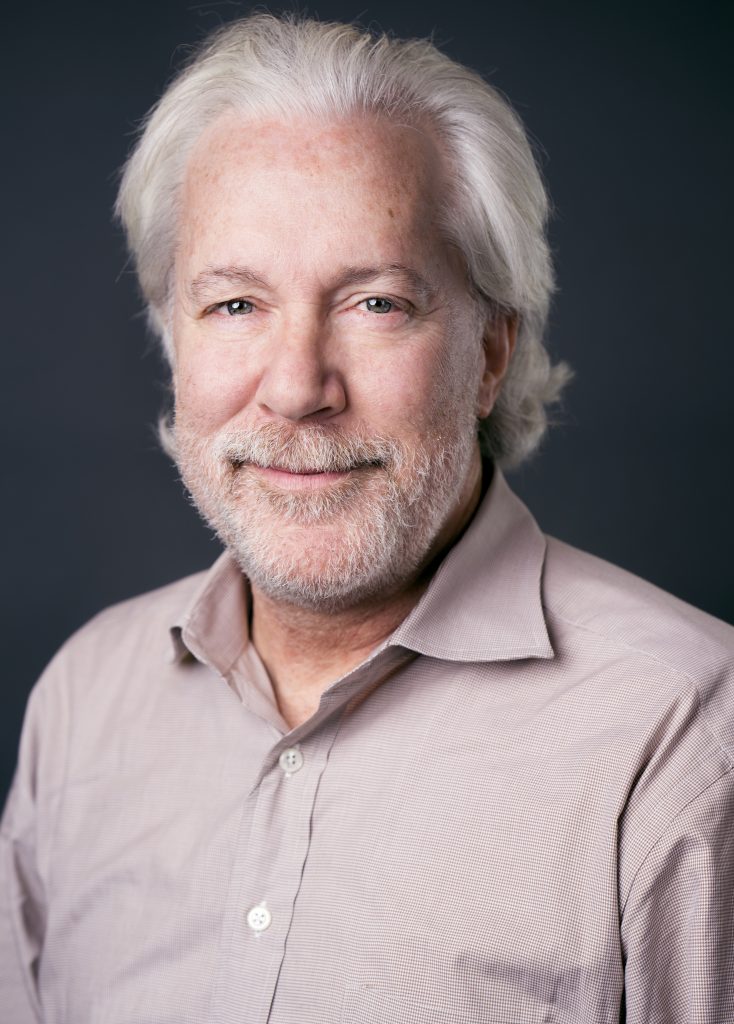Seems like every morning we wake to the overwhelming headlines of fighting, anger and polarization – there aren’t many conversations today that aren’t anchored by disagreement.? From Congress, the media, cocktail parties and even our own dinner tables we’re seemingly unable to see that “the other side’s” opinion may be based in some truth. Instead opposing views should immediately be dissed or destroyed.
Remember the Aesop fable, “The Fox and the Grapes”? where a fox sees some high-hanging luscious grapes and wishes to eat them. The fox jumps and jumps but fails to reach them, so he decides that the grapes are probably sour. To deal with the cognitive dissonance of not getting what he wants the fox creates his own truth about the grapes!
So like the fox, this is what we do to reduce our dissonance about opinions different from our own whether on guns, taxes, sexuality, healthcare, government, war, welfare, or family values. We argue and criticize rather than acknowledge that in some part that maybe our own view is not the whole truth.
This week, Pope Francis offered a model of holding together contradictory truths.? He decided to canonize two of his most influential predecessors, John Paul II and John XXIII, on the same day next spring. Both of these Popes achieved international stature but they could not have been more different in temperament, leadership styles or theological and political beliefs. For his role in convening the Second Vatican Council which empowered laypeople and changed everything from the language of Catholic prayer to the church’s relationship with other faiths, John XXIII (1958-1963) is a hero to the church’s liberals, while conservative Catholics credit John Paul II (1978-2005) with protecting orthodox doctrine especially on sex and reproduction. Pope Francis is holding together and honoring two opposing ways of seeing the world.
So how can we start to think about opposing views and look at the other side?
- The first one is a very simple word: ?”and”. When we disagree with someone rather than think either/or, we can ?take some time and ask can the combination of two sides reflect a “truth”
- Focus on the commonality. So often we have very different opinions, but a desire for the same result. That the debate may be centered around a disparate path, but we actually share a common goal.
- Tell stories. Our hard held opinions are typically informed by experience. We need to spend less time on defending our principles and beliefs and more on the stories – of our traumas suffered and dreams realized, our successes and failures, our betrayals and true loves, our good fortune and our bad luck, our fears and our hopes – that actually shape our views. The truths of our opinions and creative solutions to our conflicts are in those stories.
F. Scott Fitzgerald famously said “the true test of a first rate mind is the ability to hold two opposed ideas in mind at the same time and still retain the ability to function.”
Let’s try. It just might make getting up in the morning a lot less overwhelming.

Rabbi Irwin Kula is a 7th generation rabbi and a disruptive spiritual innovator. A rogue thinker, author of the award-winning book, Yearnings: Embracing the Sacred Messiness of Life, and President-Emeritus of Clal – The National Jewish Center for Learning and Leadership, he works at the intersection of religion, innovation, and human flourishing. A popular commentator in both new and traditional media, he is co-founder with Craig Hatkoff and the late Professor Clay Christensen of The Disruptor Foundation whose mission is to advance disruptive innovation theory and its application in societal critical domains. He serves as a consultant to a wide range of foundations, organizations, think tanks, and businesses and is on the leadership team of Coburn Ventures, where he offers uncommon inputs on cultural and societal change to institutional investors across sectors and companies worldwide.

